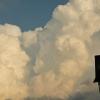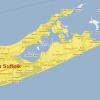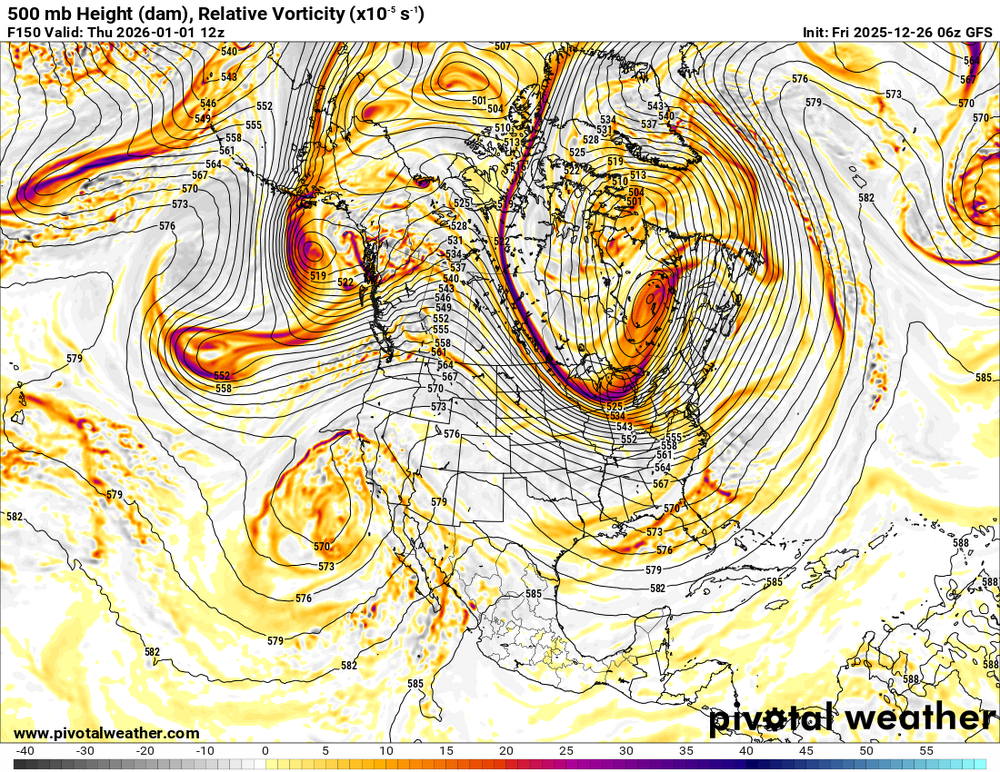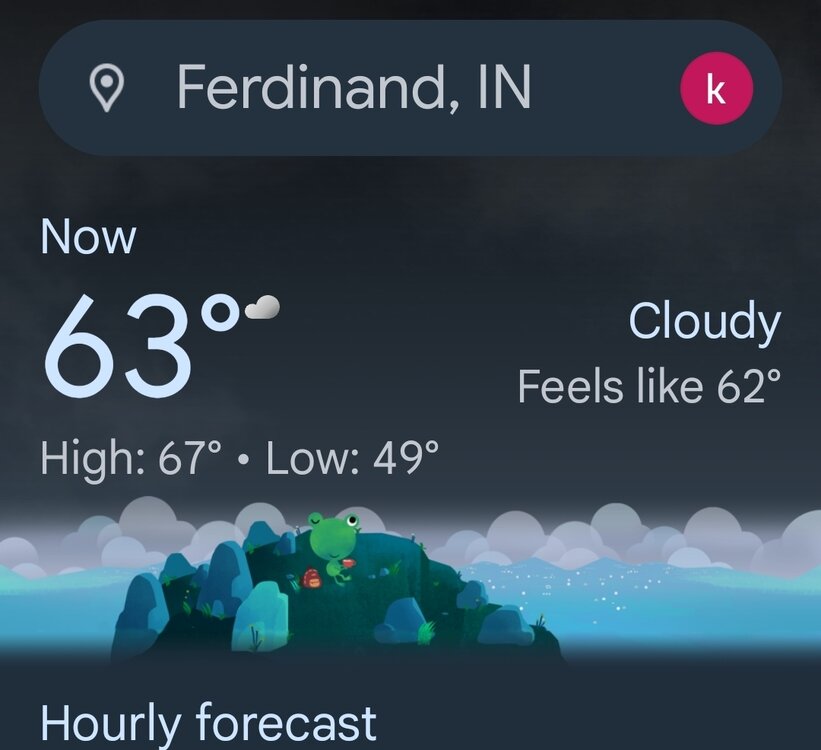All Activity
- Past hour
-

26th-27th event, coming at us like a wounded duck.
Modfan2 replied to Go Kart Mozart's topic in New England
BOX not currently biting on higher totals for our area and points east, will see if this changes during the day -

26th-27th event, coming at us like a wounded duck.
Sey-Mour Snow replied to Go Kart Mozart's topic in New England
You must be pumped right now -
Watch that. If you can squeeze even a slightly more amped ridge in the west here, this quickly becomes really interesting with a block in the Atlantic.
-

26th-27th event, coming at us like a wounded duck.
Damage In Tolland replied to Go Kart Mozart's topic in New England
You got three ticks north -
Winter 2025-26 Medium/Long Range Discussion
A-L-E-K replied to michsnowfreak's topic in Lakes/Ohio Valley
Yeah first fantasy cutter in a while, hopefully our doldrums end before too long, it's been way boring -

26th-27th event, coming at us like a wounded duck.
kdxken replied to Go Kart Mozart's topic in New England
-
UK held or slight improvement. The trend towards shifting the lows northeast and delaying their decay/shunt south is leading to a more north-south oriented snow accumulation distribution as it pushes moisture into the damned cold air. There will likely be a snowfall max now in ENY with excellent ratios. But if we can hold off mixing, our QPF might get a boost leading to a 2nd max further south near NYC or the HV but with lower (still decent) ratios.
-
-
Brrr 12° with a wind chill of zero
-

26th-27th event, coming at us like a wounded duck.
kdxken replied to Go Kart Mozart's topic in New England
Can you post a couple maps please? -
My guess for us is around 7". I think we do quite well but can see how we end up on the higher side with good banding or get relatively skunked sitting in a subsidence hole with CT getting hammered and us mixing with sleet. I think it's low likelihood here but can't be ruled out.
-

26th-27th event, coming at us like a wounded duck.
ineedsnow replied to Go Kart Mozart's topic in New England
-
The 9z RAP also shifted heavy snow into C/ENY and SVT (like the HRRR/NAM) and brought mixing into the southern tier of NY. A surface low in WNY is not ideal. We still do great locally, but I don't like seeing more snow in ALB than BGM.
-

26th-27th event, coming at us like a wounded duck.
ineedsnow replied to Go Kart Mozart's topic in New England
Hoping it makes it here but thinking it sets up just south and west -

26th-27th event, coming at us like a wounded duck.
Sey-Mour Snow replied to Go Kart Mozart's topic in New England
Ya this will end up crushing pike with that band that was forecast here, hopefully we get another meaty band down here -
26th-27th event, coming at us like a wounded duck.
codfishsnowman replied to Go Kart Mozart's topic in New England
Now that's XXX rated map the wanted to see -

26th-27th event, coming at us like a wounded duck.
ineedsnow replied to Go Kart Mozart's topic in New England
9z Rap significantly further north at 9z compared to 6z -
The 8z HRRR directs the best snow into the Catskills and ENY through the end of its run. There is still locally a few-hour burst of mod-heavy snow and probably a little more to come beyond its 18 hour range, but the northeast shift continues. That's pushing a bit of a dryslot into SNY and PA. I don't like seeing the HRRR seemingly shift towards the NAM. Can't wait to see that trend reverse. Most other guidance looks solid however.
-

26th-27th event, coming at us like a wounded duck.
Sey-Mour Snow replied to Go Kart Mozart's topic in New England
Congrats on the Christmas miracle out east def stole NYCs storm . One more budge at game time and you steal ours too. Winter storm warnings for all upon wake up? -

26th-27th event, coming at us like a wounded duck.
Modfan2 replied to Go Kart Mozart's topic in New England
I saw that and the NAM Ginx posted looks good here even into RI; will have to see if that trend continues today. -

26th-27th event, coming at us like a wounded duck.
ineedsnow replied to Go Kart Mozart's topic in New England
FWIW 8z HRRR is even further north and east now compared to 6z -
If near warning snow is making it to Boston, a chunk of what my backyard gets even will likely be sleet. I know other models are colder but we’ve seen them verify too cold in these type events. It’s clipper like but behaving like a SWFE with overrunning into cold air. Like that or not, take what you will but historically SWFE is not good for NYC. It’s not your typical SWFE for sure but these overrunning deals so often pull the rug out by trending north at the end. We’re at the point where we just have to see what happens. Hopefully we get good precip that doesn’t shoot over way NE and we’re not waiting for hours in the city as it warms in the mid levels.
-

26th-27th event, coming at us like a wounded duck.
Modfan2 replied to Go Kart Mozart's topic in New England
BOX still not biting east of the river, showing 2-5 most places. -
Just given the cold dense dry air in place I would give a lot more credence to the GFS/RGEM than the northern models.
-
ICON looks slightly better than 0z. GFS and RRFS look very similar to their previous runs. All solid for most of the area! Gotta watch the radar, obs, and HRRR today to see if the northeast shift is real or not.







.thumb.png.e72d42b99a543c900f456d79b976fe02.png)